Many times we get so focused on the sound that we want and the desire to get to the point where we can play our piece and just enjoy hearing it, that we ignore the signals our body is trying to tell us when something is not quite right with our technique. Sometimes the technique is the issue itself, but there are times when our emotions about the passage take over. We either tense up because the music is tense, or because we are afraid of making a mistake.
We get so focused on the sound we want that we ignore the signals that our body is trying to tell us when something is not quite right with our technique.
What’s even worse is that we may not be able to identify which kind of tension it is. Luckily, most cases of tension are addressed through proper understanding of what’s going wrong physically, and dealing with that. As we correct the physical issues, then often we can uncover mental tension and fear, and let that go since we prove to ourselves that we can play it without being physically tense – and still get the sound we want.
What Causes Tension?
I will have lessons available that provide more specifics on technical concerns and how to deal with them, but I’ll briefly describe some of the causes of tension when we are practicing:
- Hesitation due to being unclear on what’s being played/unable to anticipate notes
- Mental tension – a fear of the passage because it sounds difficult
- Faulty technique in playing a key – i.e., collapsing joint
- Faulty technique in using the wrist
- Lacking arm weight
- Lacking rotation
- Poor fingering or inconsistent fingering
- Playing longer than the mind and/or body can remain focused
- Not getting proper rest in between practice sessions
- Not stretching or warming up properly before playing
- Poor posture while playing/bench height
- Improper distance from keys
- Repertoire demands exceed flexibility/coordination you have at present time
- Sudden increase in practice time from before
As you can see, there are many reasons why we tense up, and I know them because I’ve done them all myself. This list is not by any means exhaustive, so you may discover others along your journey. The key is to listen to your body as you practice.
Listening to your body is actually a part of the learning process. I’m not saying one should expect pain in the process of learning, but if that happens when playing, you must stop immediately and figure out why.
If you don’t experience pain while playing, you still can have tension issues. There are other ways tension manifests itself: fatigue, numbness, tingling, or a dull ache that could happen while playing or while at rest. Continuing to play through the tension can result in injury and in some cases, you may lose the ability to play. Do not let it go unchecked.
Tension that exceeds the minimum amount needed by the correct muscles is excess tension, and this is what we need to eliminate in our practicing.
What Exactly is Tension?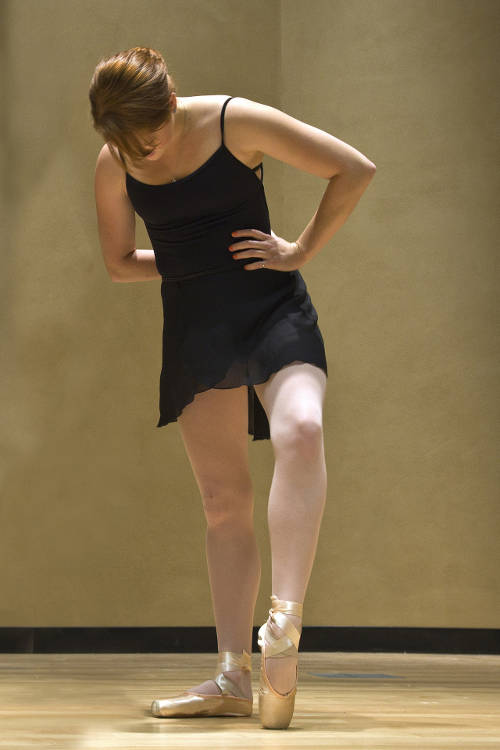
I think it’s important to identify what I mean by tension because it can be very confusing. Think about your calf muscle. You can tense that up and it will not hurt and you may even be able to keep it fairly tense for a long period of time without fatigue. We use that muscle to walk, and like all muscles, we should expect it to be tense when used. If we didn’t let our calf muscle tense up at all while walking, well, we’d probably collapse onto the floor in a heap!
Playing piano is the same way. Not using any tension at all in playing would mean we just flop like a dead fish onto the keys – probably not our best sound. And actually, depending on how the fingers land, you might hurt yourself that way too! So we do need some sort of muscle involvement, but not all muscles help in the process of playing piano, and even the ones that do should not be at maximum tension when playing.
In the cases where you experience pain while playing or after, I recommend taking a day or two off from playing to let the body heal. Then come back to practicing, but be smart about it. Do not go back to doing what you were doing before, because your body was telling you it wasn’t working.
What To Do
When you notice that you have some element of tension (by my definition above), it’s not just enough to stop playing. Certainly giving your muscles a moment to relax is important, but unless you change what’s going on, the same will happen the next time to attempt to play that piece.
Anyone who knows how to effectively troubleshoot knows that first you need to identify the problem. This involves a lot of reflection after the event: was there hesitation? were you playing too fast for your abilities? was your fingering different from the last time you played it? are you unsure of the notes and couldn’t anticipate what comes next? was your wrist locked? did your fingers feel like they “froze”? Asking pointed questions that help you pinpoint what exactly went wrong is critical in the process.
From the answers that you find, you can then prescribe practice techniques that may help. These practice techniques can include:
- blocking chords/chunking notes together
- practicing in rhythms and bursts
- slow practice
- exaggerating proper movement of fingers, hands, wrist, and forearm
- simplifying the passage/breaking down to outline the major aspects
- alternating LH/RH
- hands separate practice
- practicing with accents
- playing staccato when it is a legato passage, and vice versa
- playing piano when it is a forte passage, and vice versa
These are just a few of the typical practice techniques a person can use. I will be going into detail as to what each of them are, and when to apply to which issues in future articles. For now, understand that as you progress in your studies, you will develop an arsenal of techniques you can use, and you don’t only use one of them on a passage. Many can be used on the same passage to address a problem.

Sample Practice Session
Here’s an example of what might go on in a practice session: You play through a passage up to tempo that has Alberti bass in the LH, and discover that your left forearm is cramping up. You then try playing LH alone up tempo so you can observe what’s wrong, and you see that your wrist is locked in place. So you repeat the LH section way under tempo – you try a few different speeds to find a place at which the tension is no longer there and the figure is easy to play. Here your wrist feels flexible and pliable. You realize that you were tense because you were thrown off by the Alberti pattern and so then you proceed to play it slowly until you really learn the pattern.
You then try practicing it in rhythms, starting with a long-short alternating pattern, followed by a short-long pattern. Then you practice it in blocked chords while playing the right hand normally to make sure you are ready for the chord changes, and notice that one shift in the Alberti bass was surprising for you. You repeat this until it’s easy. Once this feels comfortable you try to play as written under tempo left hand only, and then repeat, gradually increase the tempo, eventually adding the right hand back in.
How Is This ‘Creative’?
You may have noticed all the repetition in the above example, and thought that this sounds pretty uncreative/boring. However, your mind is fully engaged as you do this. You are constantly assessing how the passage is going, and you are focused on the specific task at hand which is to play the music with these different techniques.
Take the above example where you decide to practice the left hand Alberti bass in rhythms. The first time you do this, it’s probably not going to go so well. That’s OK, you’ve never played it that way before, and certain tensions will prevent you from being able to play it correctly. But by focusing on the fact that you are trying to get rid of the excess tension AND the fact that you need to be able to play the rhythm to some level of competency before you can reap the benefits of that technique, you are keeping your mind engaged. And of course, when doing this kind of thing it’s probably best to not be concerned with being musical, as it might be too much to focus on. The point is, your mind is fully engaged in this process, and that means it’s interesting.
Secondly, you are being creative because you are coming up with ways of playing the music differently on purpose. There’s a huge difference between making a mistake and playing it wrong on purpose temporarily. Trying to come up with a unique way to approach the problem is actually sort of fun – like being “bad” on purpose!
Lastly, when you notice that you can improve relatively quickly – noticeable results in one application – you get excited. We are all excited by progress and success. Conversely, we are frustrated by stagnation and failure. While you may need to apply the same techniques over a period of weeks to achieve the tempo you need without excess tension, you will notice results. And if you don’t, perhaps the technique you’re using doesn’t directly address the problem. If that’s the case, then you re-assess what the problem is to make sure it’s properly identified, and try a different approach. Be patient as you go through this and you will progress much faster than if you try to muscle through it and end up injured.


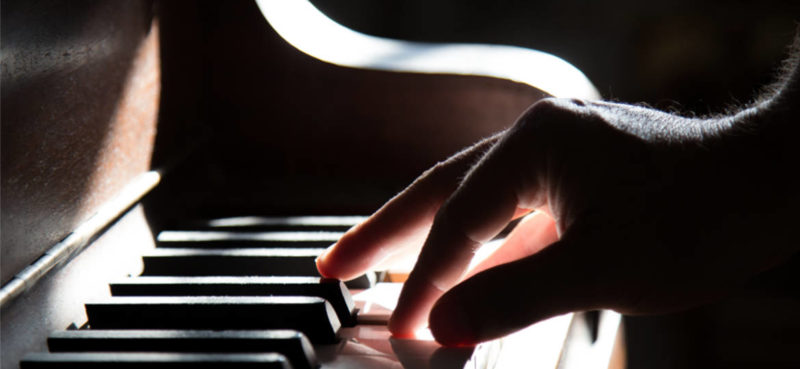
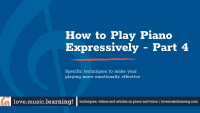
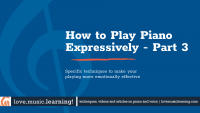
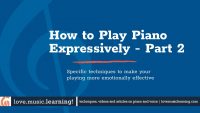
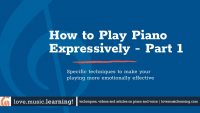


Leave A Comment
You must be logged in to post a comment.